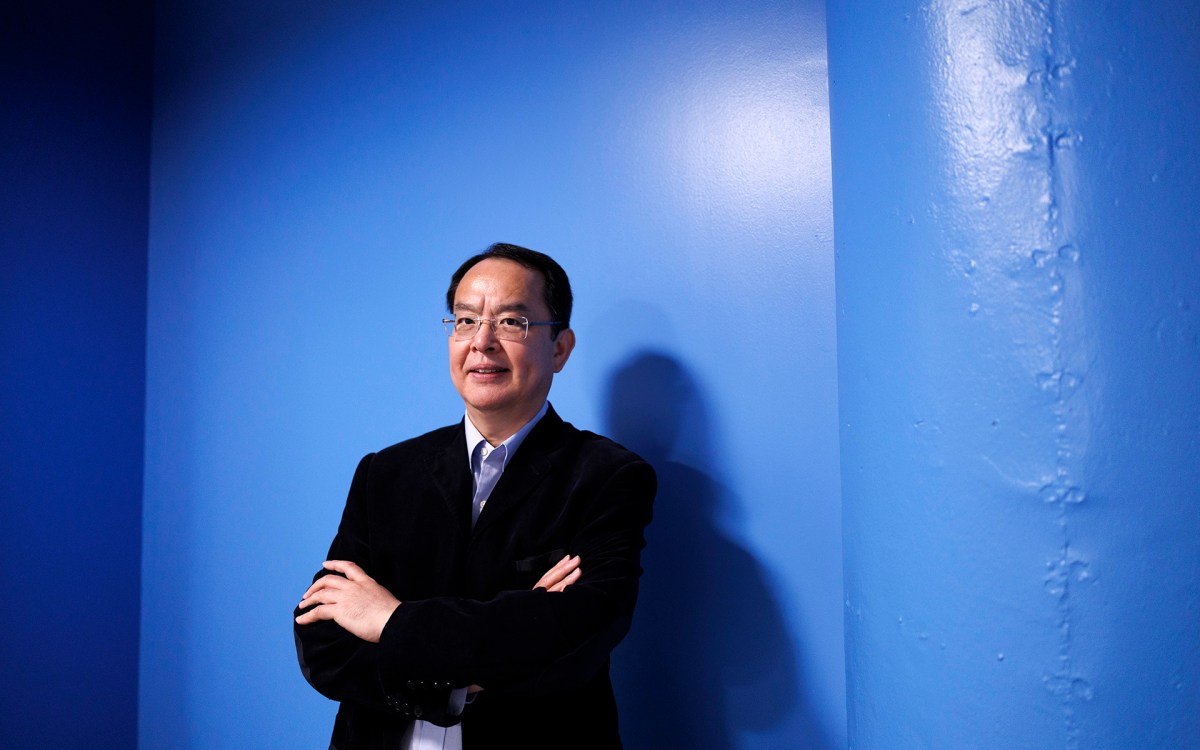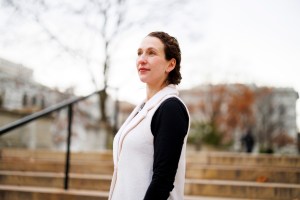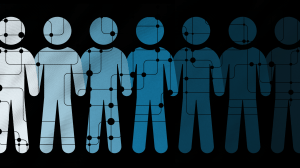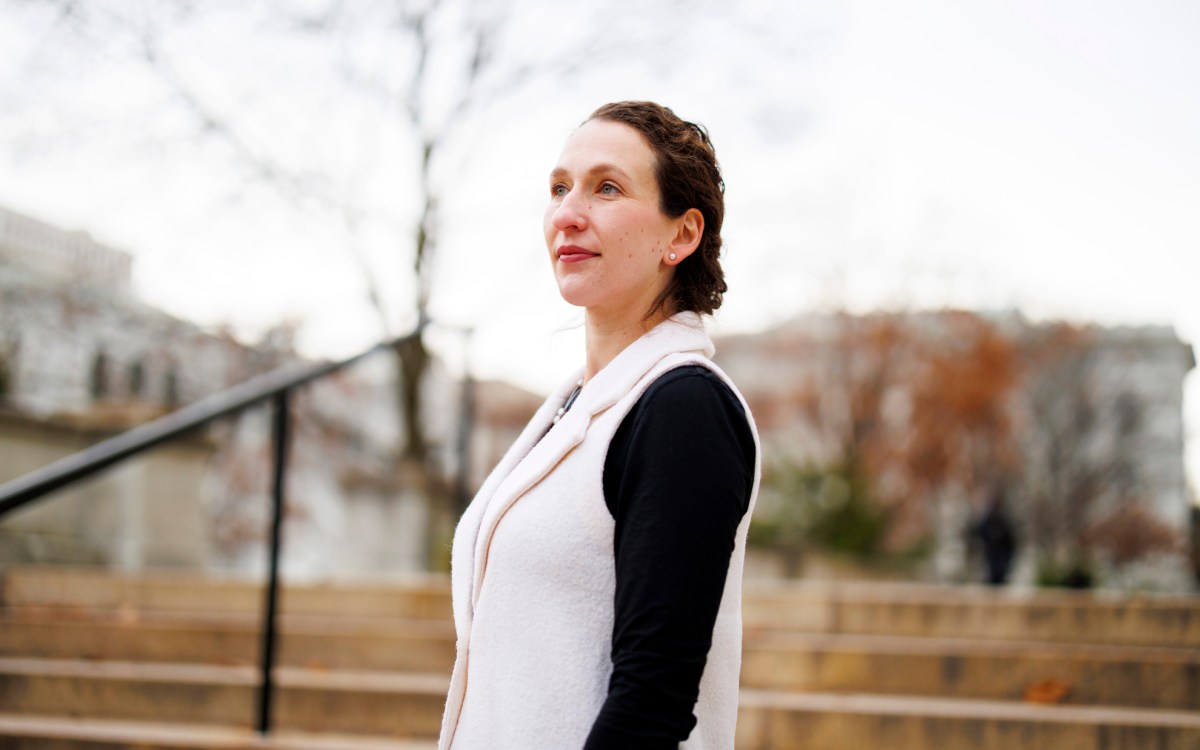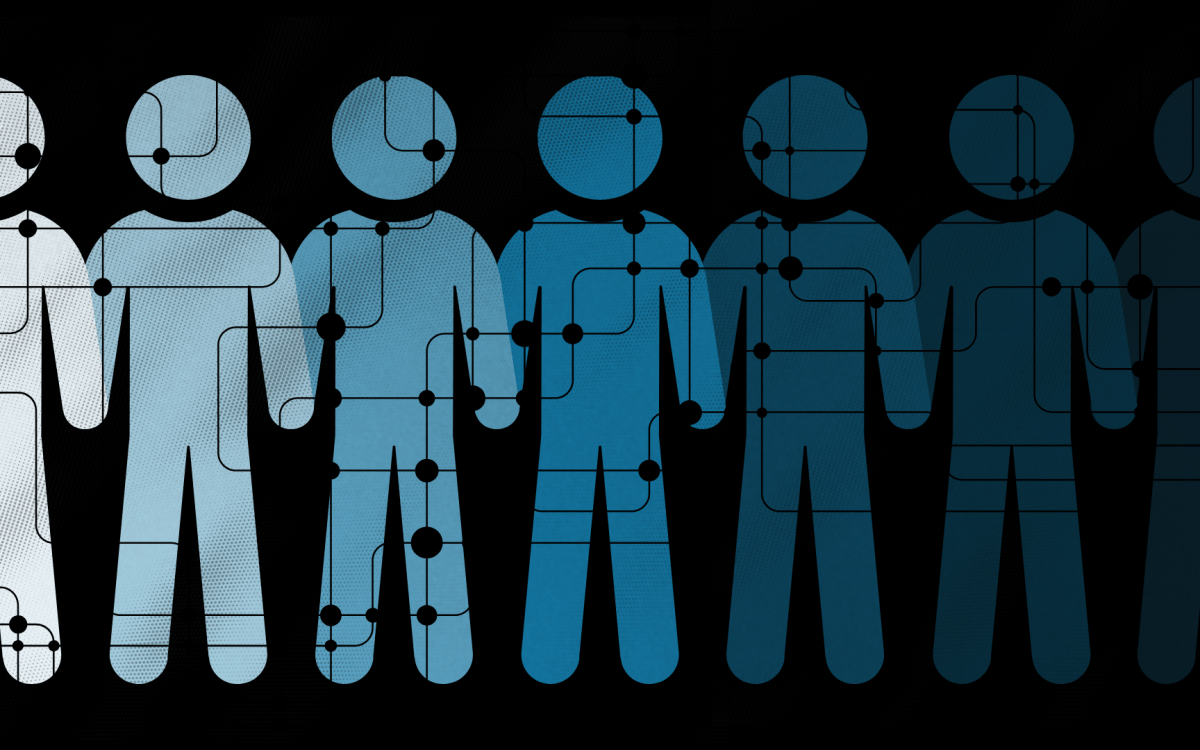How immigrant doctors fill critical gap in U.S. healthcare system

Science historian explores roots of American physician shortage and how to fix it
In the 60 years since the U.S. government began allowing immigrant physicians into the country to solve the U.S. shortage, foreign doctors have become the invisible foundation of American medicine. Nearly one quarter of the physicians in the country are international medical graduates, according a 2023 report by the American Association of Medical Colleges.
In her new book, “The Care of Foreigners: How Immigrant Physicians Changed U.S. Healthcare,” Eram Alam, an associate professor of the history of science, explores the history of the migration of foreign physicians to the U.S. In this interview, edited for clarity and length, Alam discusses how foreign physicians ended up tending to millions of American patients in rural and underserved urban communities and how they have changed U.S. healthcare.
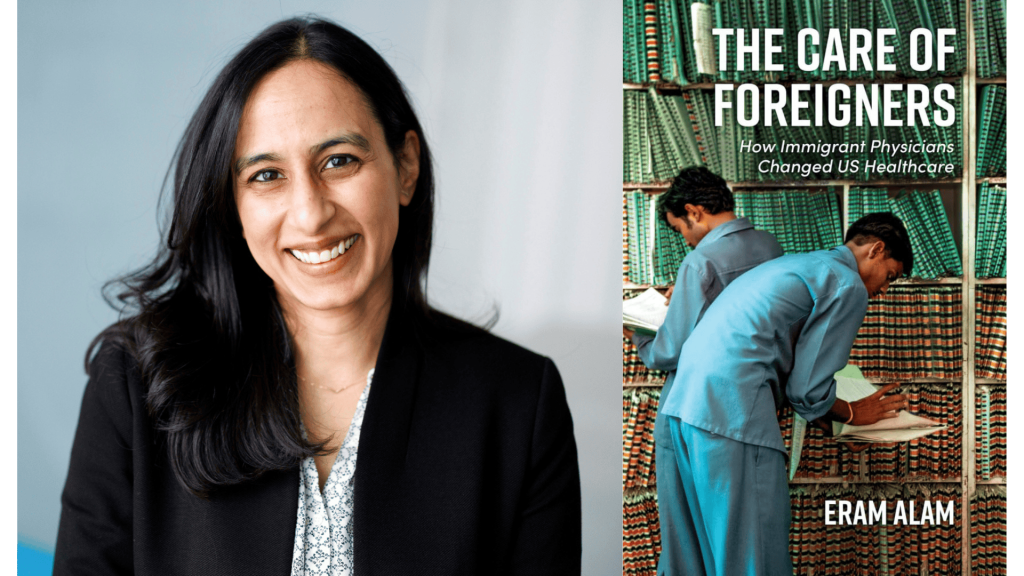
Nearly one in four doctors in the U.S. are foreign medical graduates. How did the U.S. become so dependent on foreign physicians to provide healthcare to Americans?
It all really started with the Hart-Celler Immigration and Nationality Act of 1965. Three months prior to this legislation, Medicare and Medicaid passed in the United States, and almost overnight, 20 million people had health coverage. The problem was, there weren’t enough doctors to take care of everyone. Part of this bill was designed with attention to the physician scarcity in the U.S., especially in what are called “shortage areas” across the nation. These are urban and rural communities that lack a sufficient number of healthcare workers, and where hospitals tend to be under-resourced, and a large number of patients are on Medicare and Medicaid. These aren’t usually the kinds of places that appeal to most American-trained doctors. If you have options, you might not jump at the chance to practice medicine in a small rural town in Arkansas, for example. So, immigrant physicians were and still are invited to work in these shortage areas.
U.S. physicians by medical school
What are the root causes of the physician shortage in the U.S. and what are the possible solutions?
This has been a problem since the early 1900s, when U.S. medical professionals worked hard to keep the field socially exclusive. They promoted medicine as a white, male, elite profession — one reserved for the wealthy and well-connected. For the first half of the 20th century, organized medicine actively limited entry, keeping the profession small and making it difficult for women and minorities to join. Then, in the post-World War II years, the landscape began to shift. The population was growing, the Civil Rights and women’s movements were gaining momentum, and more people began to see healthcare not as a luxury but as a right. So the population boom, the physician shortage, and the rise in medical demand all came together at the same time and it was clear that the U.S. was simply not equipped to meet this new level of need.
“Experts have said that to end the doctor shortage in the U.S. more work needs to be done to recruit talent from different communities, and to offer loan forgiveness programs so that people can become physicians without incurring massive debt.”
Experts have said that to end the doctor shortage in the U.S. more work needs to be done to recruit talent from different communities, and to offer loan forgiveness programs so that people can become physicians without incurring massive debt. Also, there is a need to reorganize the way that U.S. healthcare functions by using physician assistants and nurse practitioners, and reintroducing community health workers into the picture. Finally, as the wealthiest country in the world and the one that spends the most on healthcare, the U.S. should invest in training and producing enough doctors so that it can share medical expertise globally, rather than relying on importing physicians from abroad.
By some accounts, there are more than 200,000 foreign-born physicians in the U.S. Where do they come from, what specialties do they practice, and where do they go?
The numbers are a little bit vague. There may be 200,000 to 300,000 foreign-born physicians in the United States, and many practice in primary care, the front line of the health system, and other specialties considered the least prestigious and least lucrative in this country. They work in underserved urban and rural areas, where there’s often just one physician for every 3,500 residents. A large number come from India, followed by Pakistan and the Philippines, and, more recently, from Nigeria.
One downside to relying on foreign-born physicians is that many of them receive their medical training in their home countries, often at schools that are funded by local taxpayers. When these doctors move to the United States to practice, it means that the investment made by their own countries benefits the U.S. instead. As a result, their home countries are left with fewer doctors to care for their own populations.
You interviewed many immigrant doctors for your book. What’s the common thread in their experiences working in the U.S.?
Early on, many of the physicians said they felt like they were on the margins of the profession. They explained although they understood the medical sciences, it was the social and cultural side of medicine that took longer to learn. Many of them work in places where they’re often the only doctors around, caring for people at their most vulnerable. That creates a complicated dynamic: They’re the ones providing essential care, yet they’re also very different from the communities they serve. They frequently mentioned that learning to navigate those social and cultural landscapes took time.
“They explained although they understood the medical sciences, it was the social and cultural side of medicine that took longer to learn.”
But 60 years after they started coming to this country, the public image of the South Asian physician changed over the years. How so?
It has evolved a lot. Back in the 1960s, South Asian physicians were just starting to arrive in the U.S., and many people thought of them as outsiders or newcomers to the medical scene. And today, they are a prominent and visible part of the profession, both as first- and second-generation immigrants. We see this not only in the ubiquity of physicians of South Asian origin in hospitals and clinics, but also in mainstream media, from well-known figures like Deepak Chopra, Sanjay Gupta, and Vivek Murthy, to fictional characters on television and in film.
That’s a huge shift — from being largely invisible or unfamiliar in the 1960s to someone like Ashish Jha leading the White House COVID response. Over time, as more first-generation South Asian doctors arrived and established themselves, they became crucial to the healthcare system. They also started to recognize their collective power, organizing and speaking out about issues like workplace discrimination. That growth — from simply being present to actively shaping policy and public perception — played a big part in how they moved into the mainstream and gained wider acceptance and respect. The first immigrant wave really paved the way for the second generation.
Finally, what impact do you think the recent restrictions on the H-1B skilled labor visa program will have on the U.S. healthcare labor force?
Many foreign-trained physicians come on this H-1B visa and they work in underserved hospitals, which tend to be underfunded. Before, the hospitals had to pay approximately $5,000 to sponsor a physician’s visa to work in the United States. Now, they’d have to pay $100,000 per physician. That is a massive increase. In many of these hospitals, especially in rural communities, 100 percent of the physicians are immigrant physicians. These institutions won’t be able to absorb the cost, and the consequences will be that they have fewer physicians, which will affect health outcomes dramatically. The American Medical Association and other organizations have petitioned the administration to make an exception for physicians because immigrant physicians provide vital care to millions of Americans.
